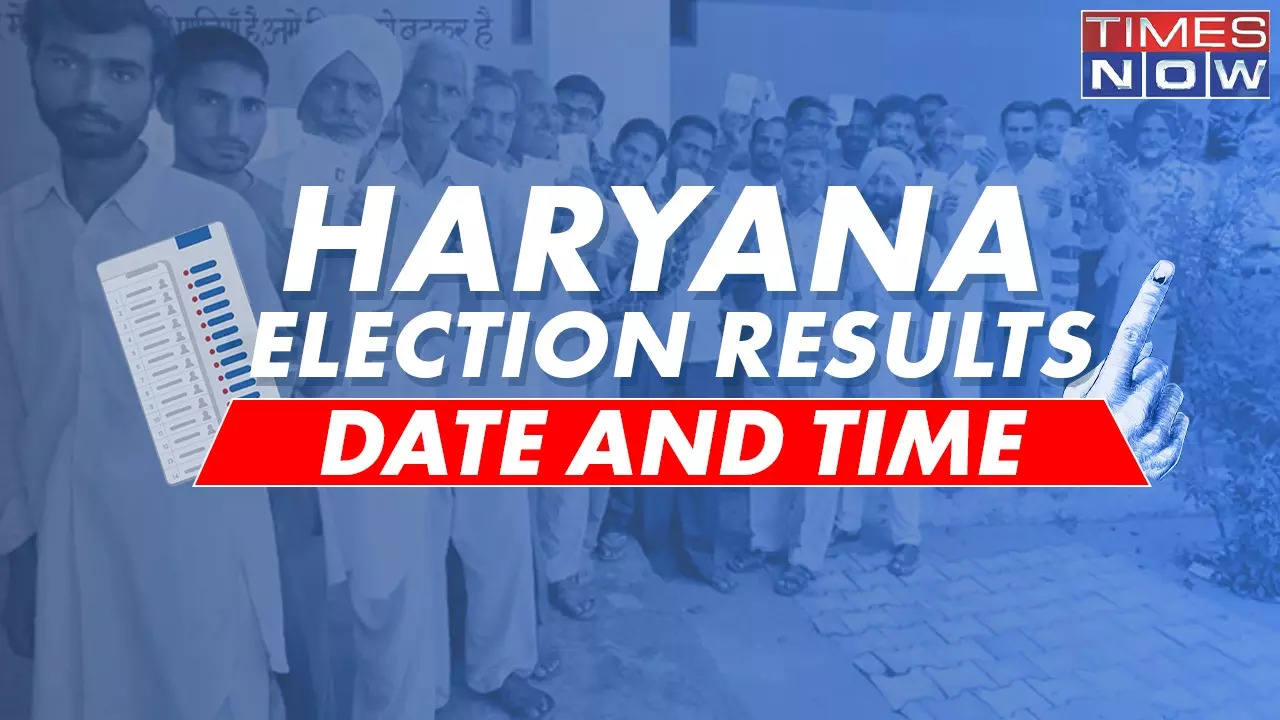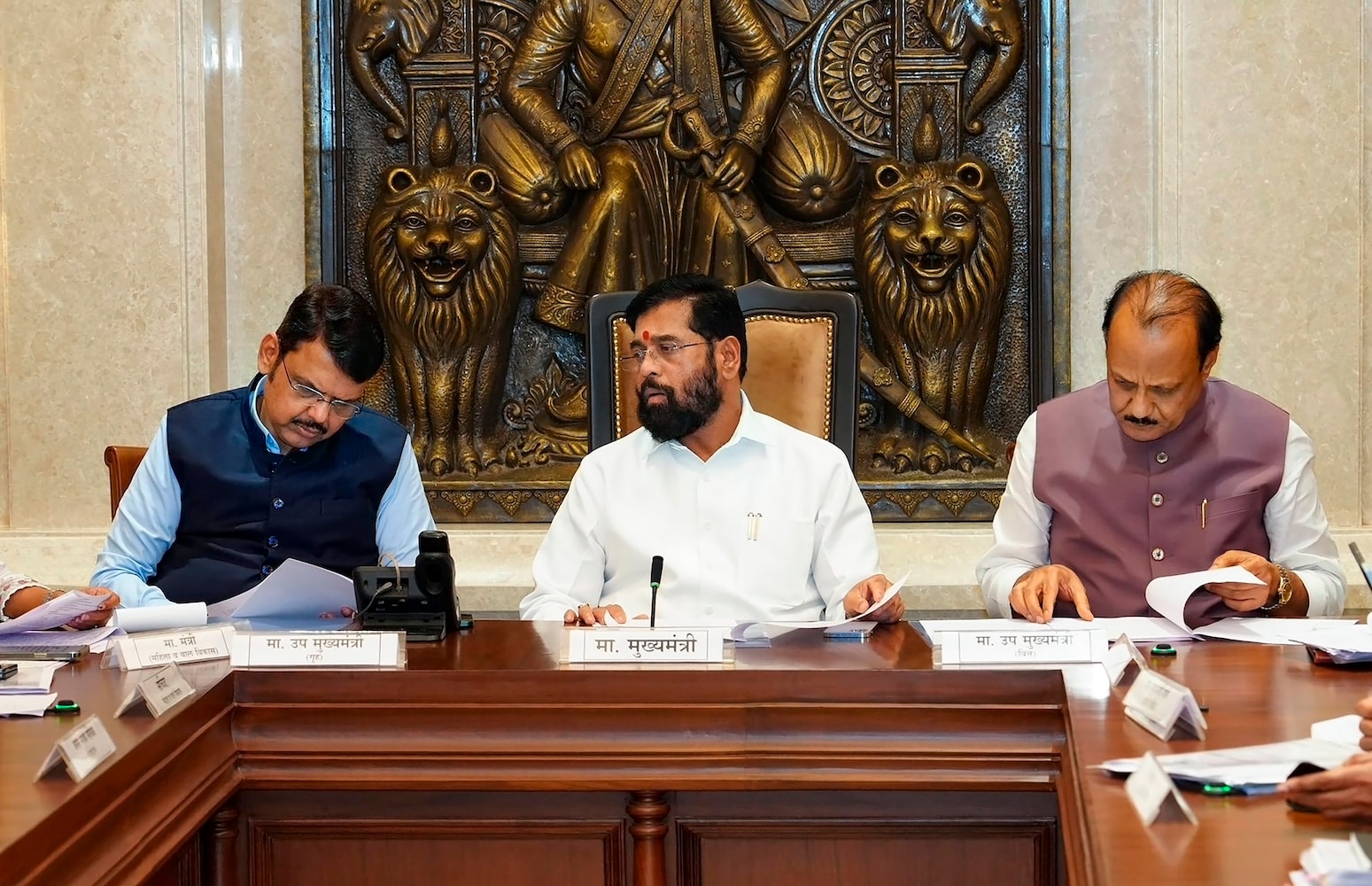
The Honolulu Authority for Rapid Transportation must submit its annual operating and capital budgets to the city administration for fiscal year 2026 by Dec. 1. On Friday a preliminary review of HART’s budgets, which take effect July 1, showed marked increases to debt service on the project’s loans as well as increased labor costs for the nearly $10 billion Skyline project to Kakaako.
According to HART budget information, 2025’s total operating budget will rise to $175 million — an increase of $36.6 million, or 26.5%, over the rail agency’s current $138.

3 million spending plan. Of that $175 million, $169.7 million — or 97% — is composed of debt service expenditures.
That includes $129 million in principal payments on outstanding general obligation bonds — an increase of $40.8 million over the current fiscal year, reports indicate. But the agency notes $40.
3 million in interest payments on debt equates to a $4.6 million decrease compared with the current fiscal year. Conversely, total labor costs are budgeted at $1.
36 million — a $220,000 increase, or 19.3% higher than the current year. According to HART, the proposed operating budget will fund 72 full-time positions, though 37 actual people are employed at the rail agency, authorized to have a total of 98 positions.
“For personnel expenses the (operating) budget is $917,797,” said HART Deputy Director of Budget and Finance Richard Oshiro during a joint meeting of the board’s finance and government affairs/legal matters committees. Under the current operating budget, personnel labor costs total $883,672 — a nearly 4% increase. “And for the board, personnel expenses are ($439,471),” he said.
Oshiro said a “base increase in inflation” is partly responsible for driving up labor costs. Moreover, the rail agency proposes a $617 million capital budget for 2025 — a nearly 7% increase over the current year’s capital spending plan. The next capital budget, according to Oshiro, includes future contract awards for Skyline’s Pearl Highlands Transit Center as well as an H-2 freeway access ramp.
It also continues projects begun in prior years. Those include the phased construction under the City Center Guideway and Stations, or CCGS, contract, which includes design and construction of six rail stations and miles of elevated rail guideway beginning east of the Middle Street Transit Center station. On Aug.
15, HART awarded the $1.66 billion CCGS contract to Los Angeles-based Tutor Perini Corp. to design and build Skyline’s last 3-mile segment to Kakaako.
However, HART staff said that due to the size of that contract — about $360 million above original estimates — certain rail-related projects might need to be temporarily deferred. The news of those proposed project deferrals roughly coincided with the board’s approval of Executive Director and CEO Lori Kahikina’s new work agreement with the rail agency earlier this month. Kahikina’s three-year, $336,000 annual contract — up from her $275,000 salary under the current contract — will start Jan.
1 and includes two two-year options for extension. Meanwhile, HART’s main funding sources — local taxes — total $1.2 billion for fiscal year 2026, budget plans indicate.
According to HART, rail construction money is largely gleaned from the state’s general excise tax, which is projected to be over $348.58 million in 2025; transient accommodation tax, estimated at more than $90 million; as well as the city’s own TAT at over $52.5 million, among other sources.
At the meeting, the board briefly noted $110,000 is still earmarked to possibly hire a public relations firm to serve the board only. But that PR plan still awaits further discussion. Another item, described as “board professional services,” could see $140,000 being spent toward other purposes.
For her part, HART board Chair Colleen Hanabusa said she believed the $140,000 would allow “the board to hire a consultant to assist in, I thought, it was basically Ala Moana and beyond.” However, Kahikina said according to her own notes taken at a prior meeting, the $140,000 was slated for “staff augmentation, in case we could not fill positions.” “But it doesn’t matter.
What do you guys need going forward?” Kahikina asked. To that, board member Roger Morton said, “I don’t think I’d be in favor of the board hiring ‘professional services’ for things like planning for rail extensions.” Ultimately, the committee decided to review that matter at upcoming budget-related meetings.
After the meeting, Joey Manahan, HART’s director of government relations and public involvement, confirmed the rail agency’s budget is due by December, unlike other city departments, which typically submit their respective budgets in March. “HART’s fiscal year 2026 budget will be submitted to the mayor and the City Council on Dec. 1, pursuant to the City Charter,” he told the Honolulu Star-Advertiser.
.














